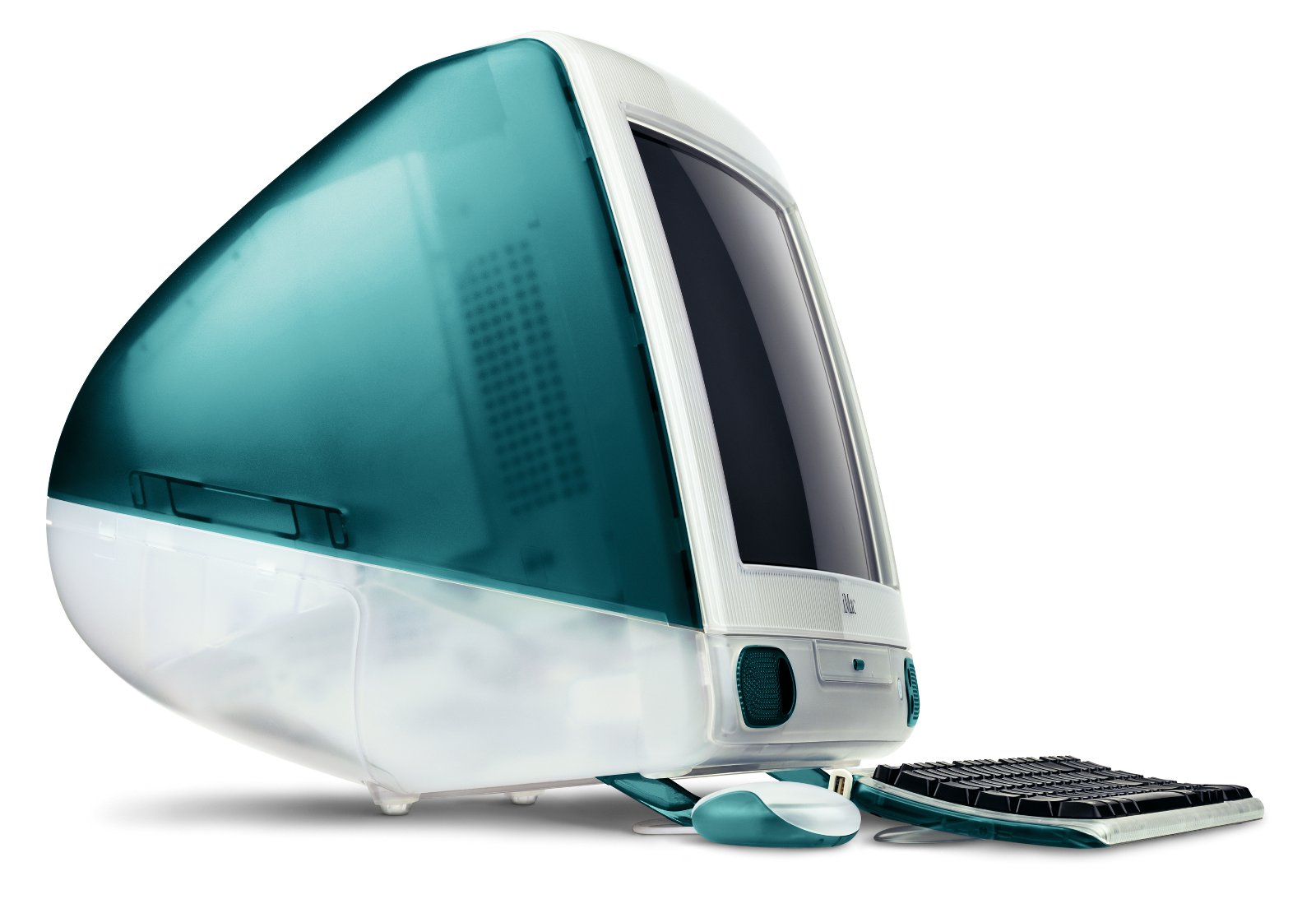The Importance of Business Models to Design

Introduction
When designing a new product, it’s absolutely essential to know the business model beforehand.
iMac
When Steve Jobs became interim CEO of Apple in 1997, he identified the core markets where Apple still had considerable market share, and those were education and content creation.
This drove the whole design of the iMac, which was well positioned for those markets, with its bright colours and ease of use. Contrast that to the Apple computers which were released under the previous leadership, where the target market was less clear.
The iMac was originally criticised for its lack of features, such as a floppy disk drive, which may have been useful for business users, but wasn’t a desirable feature for the target market.
Imagine Apple hadn’t had such a clear sense of who this product was being designed for, along with a target price point. The result would most likely have been another generic beige box.
Decisions
Certain decisions that are made around the business model for a product have large ramifications for the design of the product. For example:
- Consumer vs business user
- Direct sales, or third party sales channel
- Rent a product, or own it
- Premium or entry level
These kinds of decisions impact every aspect of the product, from material use and technology selection, to brand messaging and even colours.
Disruptive innovation
In Clayton Christensen’s work on disruptive innovation, he identified that often it’s not products themselves which are disruptive, but the new business models that they enable.
This is another reason to carefully consider the business model for a product, and while not every product will have a disruptive business model, a clear understanding of the business model for a product is essential to effectively design that product. Business model design is an essential skill for modern designers.